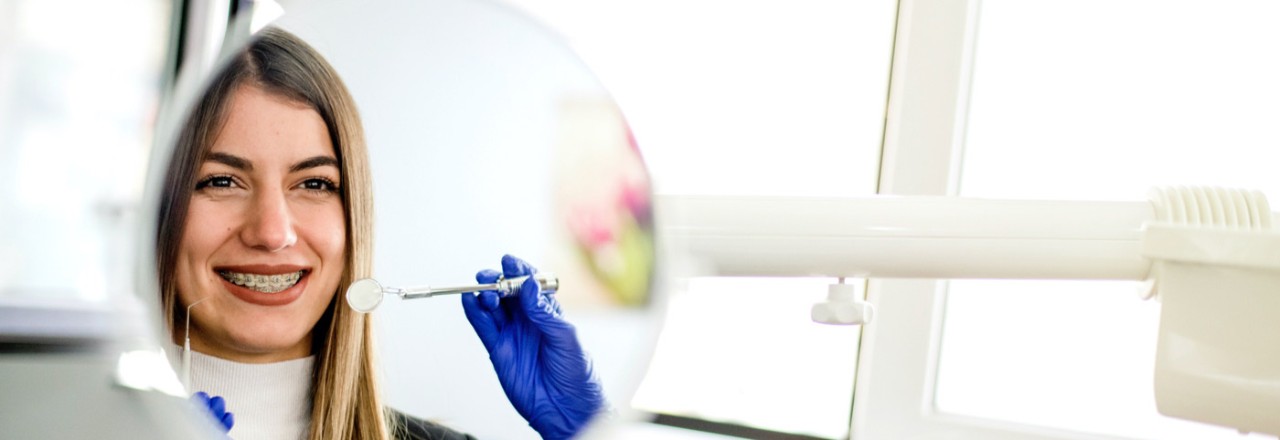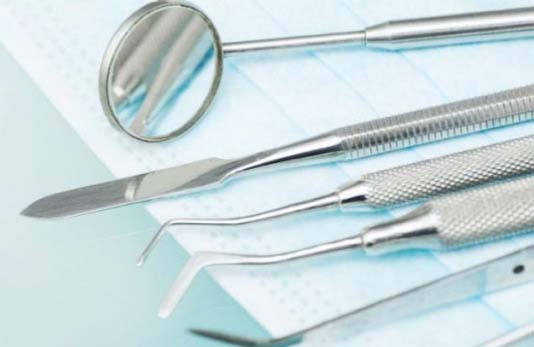Braces — not just for kids anymore
Adults can benefit from braces, too

More adults are having their teeth straightened than before. If you’re thinking about getting braces, here’s what you should know to get started.
Why would an adult need braces?
Braces are about more than having a pretty smile. If you didn’t have orthodontic treatment as a child, you may have had problems that were left untreated like an overbite or underbite, crooked teeth or a misaligned jaw. You could be experiencing tooth decay, headaches and earaches, chewing issues or gum disease as a result.
How much do braces cost?
The cost of braces depends on whether or not your plan offers orthodontic coverage. Costs can vary depending on your coverage, the services you need and whether or not you see an in-network orthodontist.
Delta Dental can help estimate costs before treatment begins. Ask your dentist to submit a pre-treatment estimate to us, and we’ll send you an overview of the total treatment cost, including how much your plan pays and your share of the cost.
How do I find an orthodontist?
You should ask your dentist for a recommendation, ask friends or family for references, or use our Find a Dentist tool.
What should I talk about with my orthodontist?
Your first consultation with an orthodontist should cover several areas, including:
- How will braces correct my problem?
- How long will I need to wear braces?
- Will I be able to schedule appointments at convenient times?
- What is the overall cost and when do I make payments?
- What will insurance pay for and what are my out-of-pocket costs?
What kind of braces should I get?
Many orthodontists recommend metal braces for their reliability but, thanks to technology, you may have other options. Talk with your orthodontist about what would work best for you.
- Metal braces made of high-grade stainless steel are attached to the front of your teeth. You may experience discomfort because the brackets attached to the teeth can rub against the skin in your mouth. Your dentist will provide dental wax you can place over the brackets to help ease any pain.
- Clear ceramic braces are worn like traditional steel braces, and because they blend with the color of your teeth, they’re less noticeable. Ceramic braces can break more easily than their metal counterparts.
- Lingual (also known as concealed) braces have brackets that attach to the back of teeth, so they are hidden from view.
- "Invisible" braces are clear, customized, removable appliances. You can take them out when you eat, brush and floss, so you won’t have food trapped between your teeth. Invisible braces are a good option when you have only a mild spacing problem.
Do I need regular checkups while I have braces?
Yes. Getting regular checkups and cleanings from your dentist is more important than before because it can be difficult to maintain good oral hygiene with braces.
Last updated December 14, 2021
Related articles:
The oral health information on this website is intended for educational purposes only. Always consult a licensed dentist or other qualified health care professional for any questions concerning your oral health.


